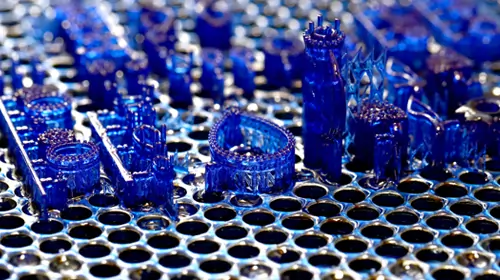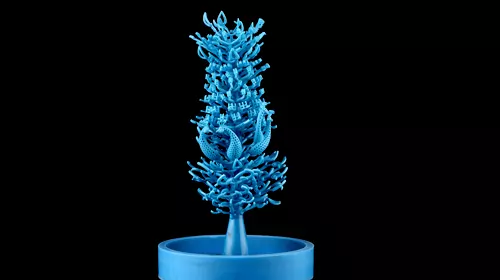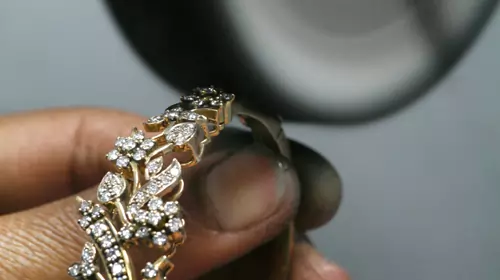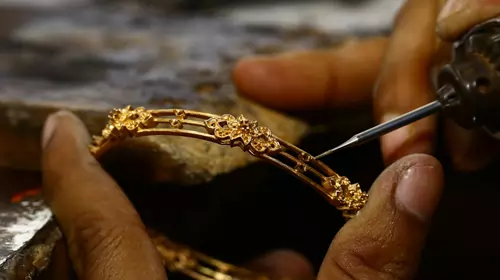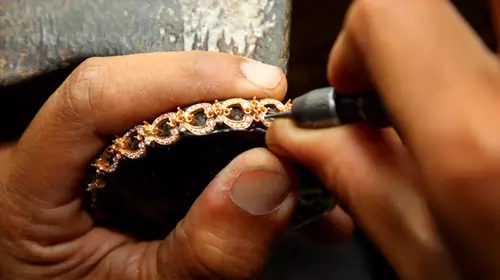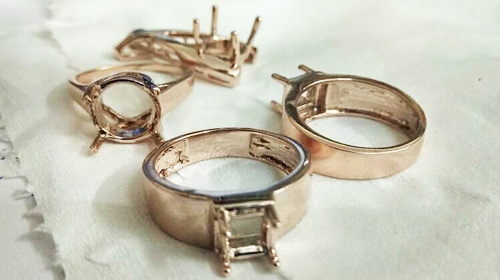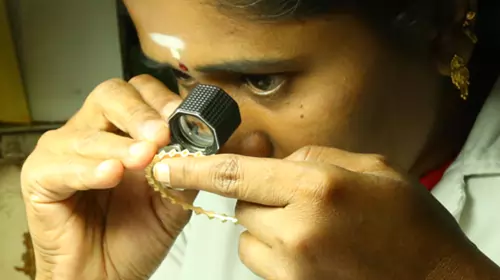TECHNOLOGY DRIVEN
Vertical Storage – Mould library
Striving towards paperless factory.
Tab to individual artisans
Microscope setting
In-house R & D department
RFID product tracking model
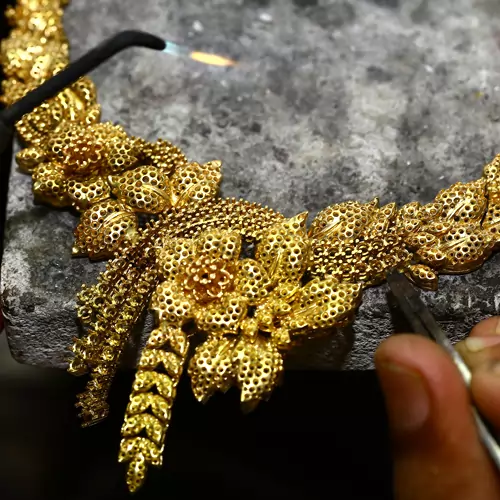
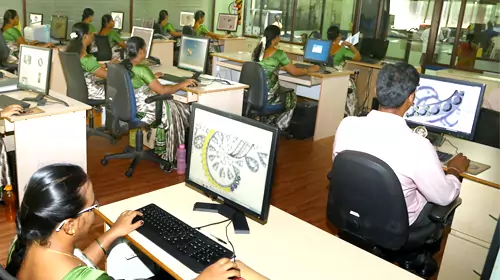
DESIGNING/CAD
The Magic begins wherein the designer develops a design and translates it into reality. This is where the process starts to produce a unique piece; the very initial step is to create a design which is conceptualized in the mind of the jewellery designer, it is drawn on paper and then into the system. Designing software’s is used to increase the productivity, improve quality and accuracy of design, and to maintain a database for manufacturing and design catalogue through CAD (COMPUTER AIDED DESIGN). The CAD software’s enables 2D and 3D image, which gives a complete and thorough view of each part of the final jewellery piece.
